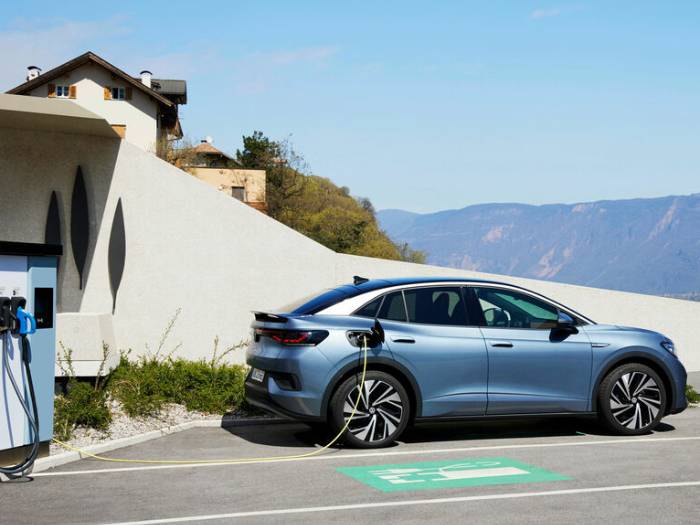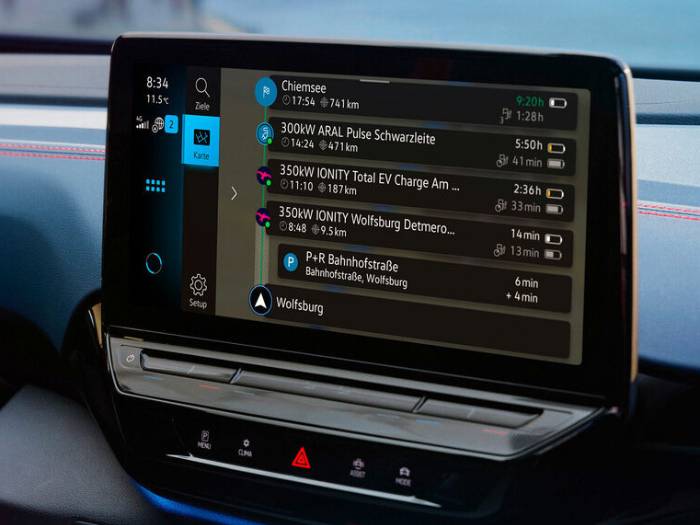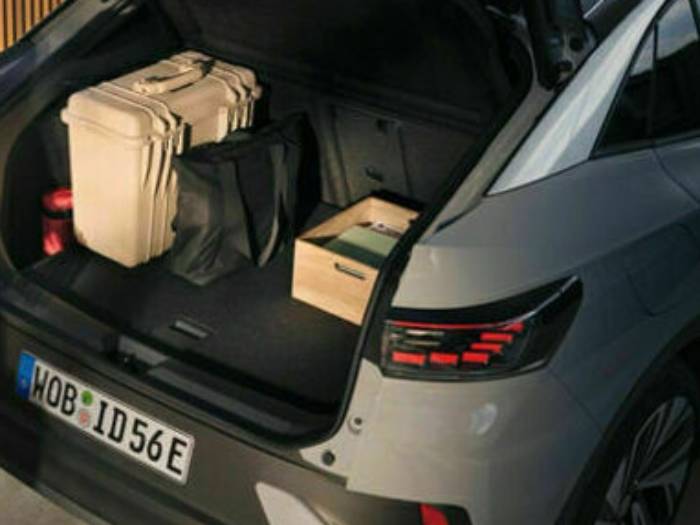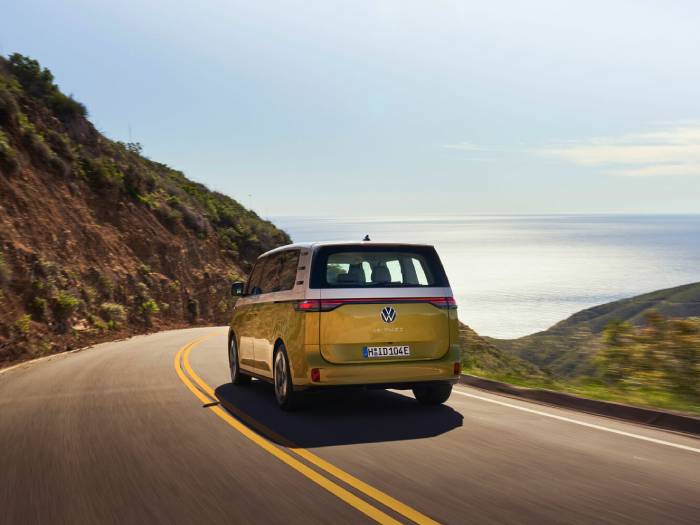On holiday with an e-car: some tips for travelling with zero emissions
Driving an electric car to go on holiday means making an important contribution in ecological terms: with a little planning, the journey can be almost climate neutral.
Holidays are a much-awaited time for many people, but they also contribute to global warming. According to the United Nations Environment Programme (UNEP), roughly 5% of global CO2 emissions are produced by tourism and 32% of these, come from the use of cars.
However, if you drive an e-car charged with sustainable electricity, to go on holiday, the CO2 emissions of your trip will be close to zero. Here are some tips for a climate-friendly holiday.
Green electricity

The first tip is to charge your electric car before travelling with green electricity: one option, if you have the chance, is to use electricity generated by solar panels installed on your own roof.
It is also better to cool the car before setting off, while it is still connected to the electricity grid: in this way the energy needed for air conditioning comes directly from the grid, without immediately consuming the energy stored in the battery.
E-route planner

Volkswagen ID. drivers can use the e-route planner in the navigation system, which helps plan long journeys by choosing the quickest routes and charging strategies, taking into account various factors such as like traffic and route data.
Also integrated into the navigation system is the We Charge app, which allows users to search for nearby charging stations, using such criteria as authentication methods and charging capacity.
Loading and luggage

Another aspect, which may seem obvious but it’s not: a heavier car consumes more energy, so it is better not to carry too much luggage - and if necessary, rent bicycles at destination rather than load them on the roof: they not only increase the weight but also they significantly impact on aerodynamics.
Also with a view to maximum efficiency, it is a good idea to check the tyre pressure before and after a journey: a deviation of only 0.3 bar below the ideal values is enough to significantly increase roll resistance and consumption.
Driving style

Driving style is absolutely crucial when it comes to consumption: the more you think ahead, the higher the range. The Volkswagen ID. family encourages a smooth driving style and allows a choice of two driving modes. The one recommended in the city is B (Brake), in which when the driver takes their foot off the accelerator, the car decelerates with a relatively high amount of regeneration: the kinetic energy is converted into electricity and flows back into the battery.
On highways and motorways it is better to select D (Drive) mode: in this case, when the accelerator is released the car uses its momentum and moves by inertia, saving energy.
Eco mode

Selecting the Eco driving mode optimises energy consumption, reduces air conditioning power slightly and makes acceleration smoother. Also in all Volkswagen ID. cars is the Eco Assistant, which analyses navigation data and road signs. When the car is approaching an area that requires slowing down - for example a city centre, a roundabout or a corner - the system indicates the driver to take their foot off the accelerator pedal and also increases regeneration when practical and possible.
Parking
Once arrived at destination, there are several alternative options to the car for getting around: hired bicycles, e-bikes or electric scooters, for example, all allow you to save even more energy, without having to search for parking space all the time, and to familiarise yourself even more with the place where you are staying.
Several apps allow you to measure your personal carbon footprint, and it is also possible to offset your CO2 emissions in various ways.
Source: Volkswagen - Shaping Mobility Hub
VGI | Responsible OU: VP | Creation date: article date | Class 9.1
